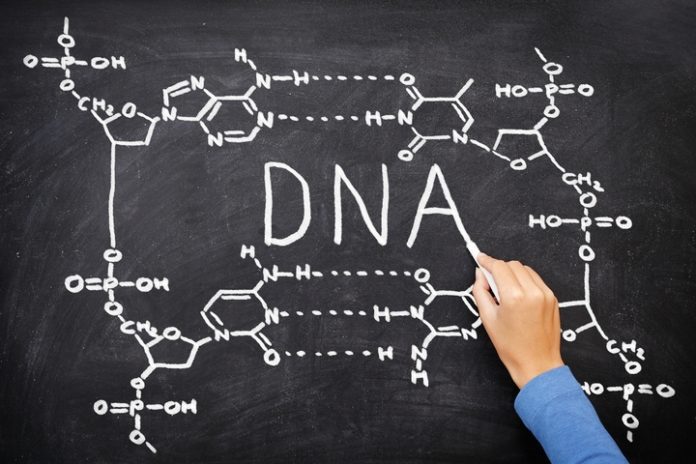DNA is used for several applications. It is growing in popularity in the medical field and the criminal justice system. It is an incredible scientific field that can provide answers to complex questions related to biological parents, genital diseases, criminal cases and ancestry connections.
DNA is unique to every individual. Doctors and scientists can use genetic information that can diagnose, treat, prevent and cure many illnesses and even mutation conditions. DNA is revolutionizing the field of forensic science and contributing effectively to safeguarding our society. In recent years, DNA has been used frequently for criminal cases. It has helped in ensuring that an innocent person is not put behind bars.
DNA health reports help many people make informed decisions on managing their health care better. Here are the 10 most common uses of DNA in everyday life:
1. Identity Confirmation

DNA is being used to determine the identification of a person. Researchers can identify individuals from DNA samples and verify their identity accurately. It can be used for a person who is deceased, a victim of a crime or to determine one’s ethnic makeup.
2. Biological Parents

Today many adoptees are finding their birth parents with DNA. If you were adopted, you could find your biological parents through DNA testing. This test can give you quick answers and even shorten the search time. All you need to do is order a kit, mail in your sample and obtain the results in 8 weeks or less. You are presented with a list of matches that you can contact and connect to determine the relationship. With DNA, testing you can reunite with your birth parents and discover more about yourself.
3. Prevention of Diseases or Illnesses

DNA profiling for detecting hereditary diseases is considered a significant breakthrough in biomedical research. Today, medical professionals are using DNA to lower the risk of diseases such as heart disease. A DNA test can help to detect the genes you inherit from your parents. The tests are useful for early detection and prevention of genetic diseases or illnesses.
4. Forensic Science

Before advancements in DNA, forensic scientists required large sample amounts such as blood, hair, body fluids and skin or a combination to produce a DNA profile. Over the past 30 years, forensic science has made great strides in DNA analysis. The current DNA improvements have made the collection of evidence with even smaller amounts of samples more reliable.
5. Criminal Investigation

DNA is frequently used in criminal investigations and has helped to solve even the most difficult cases where little or no evidence was available. In addition, it has ensured that a person mistakenly accused is not convicted and are cleared from being considered a suspect. DNA has even solved cold cases that have been lying around for many years.
6. Ancestry and Family History

More recently, DNA has been used to find genetic relatives and to help individuals expand their family tree. With a DNA ancestry test, you can explore your family story by looking deeper into your genetic past. You can determine migration patterns and discover your ancestral origins. You can go back 500 years and more to learn about your ancestors and the places they have lived and travelled to. You make more connections and even find out that you have relatives in many places across the globe.
7. Health Report

Medical DNA tests have provided valuable insights for a person’s wellbeing. Genes can help in determining if you are at risk inheriting cancer, heart disease, diabetes and other health conditions. Obtaining a health report with genetic information can help you make important decisions on your lifestyle, health and wellbeing. The advantage is that the health report is an inexpensive report that costs just $200 or less.
8. Agriculture

You will be surprised to know that DNA technology is used in agriculture as well. It has been used for crop breeding and improving the quality of agriculture products. DNA can increase a plants resistance to diseases. The plant produces viral proteins to keep insects, caterpillars and pests away from it.
9. Ancient Mysteries

Ancient DNA has been used to solve mysteries such as who built the Stonehenge, which is one of the world’s famous ancient ruins. DNA extracted from old remains such as skeletons found in southeast Europe have been linked to China unravelling new information on the origins of ancient people in Europe. DNA such as fossils and subfossils are being extracted from museum artifacts to discover the existence of specimens or trace the biological source of the artifacts.
10. Mutation

A mutation is a heritable condition. Today, DNA can help to prevent the often-occurring mutations. There is a breakthrough in chemical surgery that can correct some types of genetic mutation. Scientists can edit the genes of a human embryo, repairing its mutation condition and re-establishing the fetus making it healthy and disease-free.














